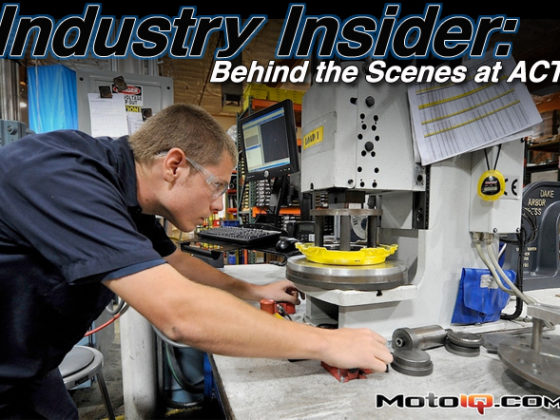
Yea, well, it wasn't really the wiring job from Hell, but it was damn near the wiring job from Purgatory, considering how long it took me to get around to mostly finishing it. Surprisingly, nothing about the complete de-wiring of the Miata's engine control system and the integration of the Suzuki Hayabusa engine harness was really all that complicated. Taking you step-by-step through this wiring job would be pointless. Instead, let's go through concept-by-concept.
First, decide what you're doing:
Before hacking up the harness, you should have a very clear plan for the car. Is there any chance you'll chicken out and want a Miata engine in there again? Are you going to still have a stereo? What about airbags? A rear defroster? Decide all these things first so you'll know for sure what to remove and what to leave in.
NA Miatas are so dirt cheap there's no fear that I'll ever want to put the stock engine back in place. This car was only $1500, so if I want a Miata-powered Miata, I can just go get another one. Stereo? iPod. Airbags? Well… That's a bit of sad tale.
I'm old enough not to be invincible, and airbags really do help keep you from disfiguring yourself on the steering wheel. That's not enough to make me want to look a the NA Miata's huge, ugly, bulky square airbag, but I got my hands on a Nardi steering wheel from a '99 MIata, which has a compact bag, a nice thick rim, and is, all things considered, one of the best factory steering wheels ever made. I could have kept the airbag… But the connector on NB airbags is different from NA bags, and that MIGHT mean the detonation signal is different. Or it might not. Frankly, I didn't do enough research on that before I decided, in a weight saving frenzy, that it wasn't going to work and I should just remove both airbags and the airbag controller (mounted high on the inside of the firewall, under the dash).
On the one hand, I kinda wish I still had that big, explosive face pillow in the car. On the other hand, if this was a 1970 Miata, would I still be doing this? Hell yes, I would. Time to man up and not crash…
Second, start removing things:
Most civilized car companies make removal of the engine harness much easier than this. In a 240SX, for example, removing the engine control wiring from the car is a 10 minute job that consists of unplugging the harness and throwing it away. Mazda didn't play nice like that, though. The Miata's engine harness comes through the firewall on both sides of the engine and is threaded together in a single bundle on the INSIDE of the firewall, behind the dash and HVAC system. How rude.
With the simple solution off the table, the only option is to strip out unnecessary circuits one at a time. The easiest way I found to do this is simply to identify each connector, one by one, and decide if that connector's function is needed any more. If not, follow its wires all the way through the harness and remove them completely.
So how exactly do you go about doing this? The first thing you're gonna want is one of these wiring diagrams.

Many, if not all, of the diagrams in this book are also in the itty bitty service manual Mazda sells, but the wiring book is much bigger and easier to work with. Certainly worth a few bucks on a job like this.

Each page unfolds like this, with pretty pictures on the right showing where the wires are supposed to be, and where each connector lives. On the left are details about wire colors, location and routing. These pages are broken down by functional system, not by location, so it's common to see your connector on the diagram and not have it be labeled. To find it, you have to start on the page that covers the system that connector belongs to. This can be a bit tedious if you have no idea what the connector does…
I have virtually no short-term memory, so a wiring project like this is largely a task of carefully identifying things and then leaving notes to myself so that later I can figure out what I already know. My de-wiring system goes like this:

First, l'll identify a connector, like the crank position sensor shown here in this diagram (my job was made slightly more complex by the fact that I had long ago sold the stock engine when I started trying to identify connectors). Once I think I know what a connector is, I'll double check it on the facing page. In this case, the B1-25 label leads you to the corresponding diagram on the facing page.

On this page, I'll make damn sure the connector actually looks like that, and the wire colors match what's in my hand. If it all matches, I'm sure I've got the right one.

Once I've made an absolutely positive ID, I'll finally label the connector with a piece of tape. I labeled every single connector in the engine bay this way, using a system where blue tape meant the connector and its wiring would be removed, and the green and white striped tape meant the connector will stay in the car.




1 comment